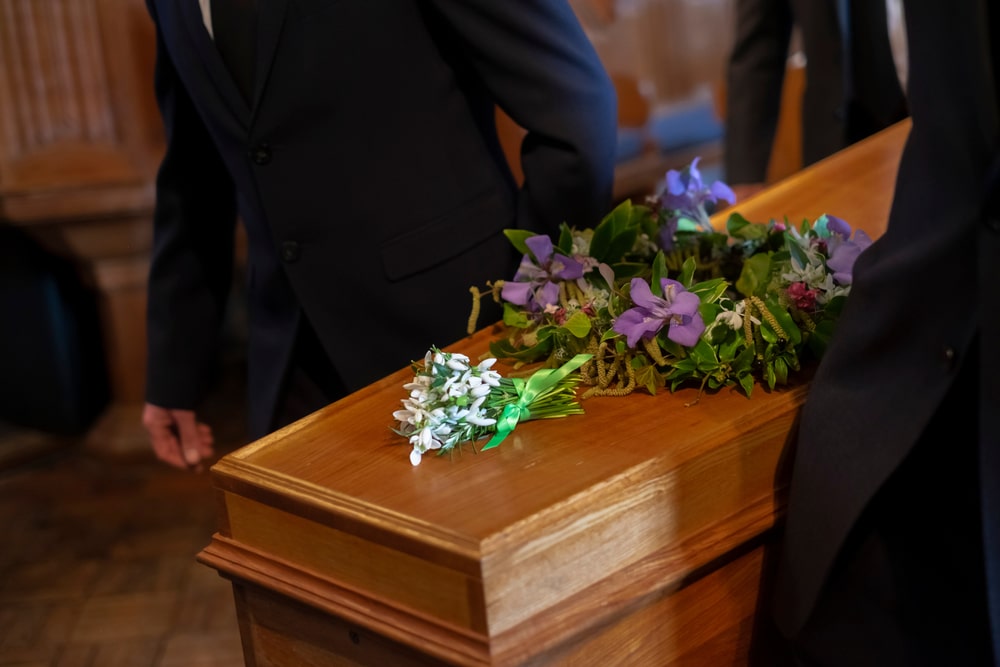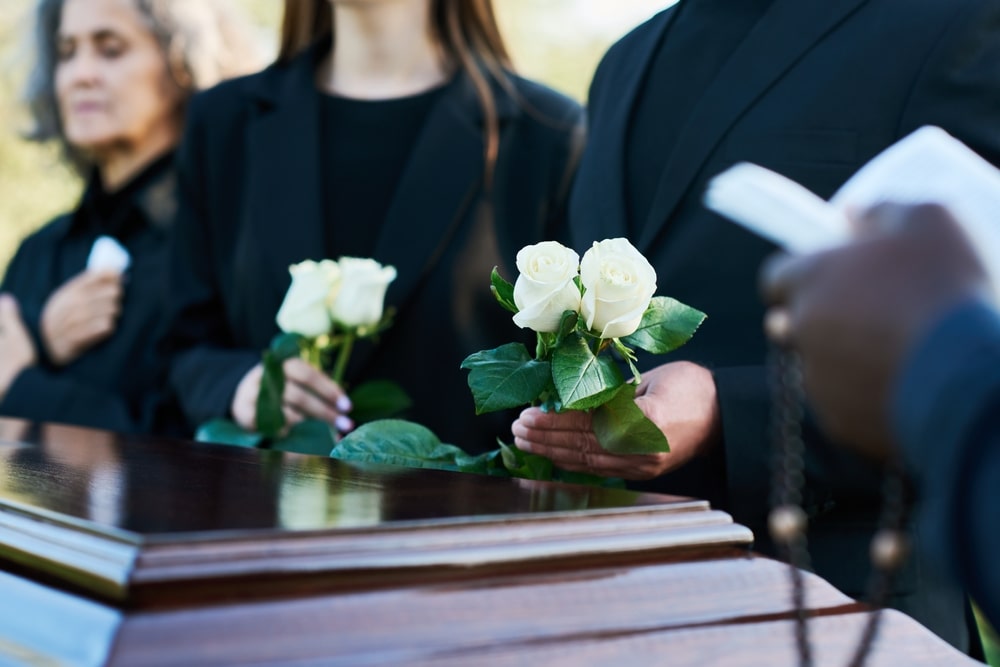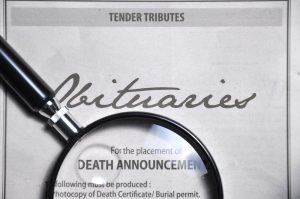
The funeral is a time to truly honor and remember a loved one’s life, but how can you use personalization to reflect that special person’s personality, preferences, interests, and uniqueness? According to Dr. Alan Wolfelt, nationally respected grief counselor and author, there are 7 distinct elements to a funeral, and each one can be personalized. Today, let’s talk about how you can personalize the visitation and create an event that is truly special and meaningful.
First, Why Does Personalization Matter?
“I encourage you to slow down, take a deep breath and focus on what is really important—what is essential—about the funeral you are planning. What is essential is the life that was lived and the impact that life had on family and friends. To honor that unique life, the funeral must also be unique. Over and over, families tell me that the best funerals are those that are personalized.” – Dr. Alan Wolfelt
In a world focused on efficiency and getting things done as quickly as possible, the funeral is a moment to slow down and be thoughtful. When we do things too quickly, they can sometimes feel impersonal and hollow. That’s why personalization is key!
A personalized service beautifully and lovingly honors life. It creates a sweet moment of remembrance, a time to say goodbye, a unique acknowledgement that a person’s life mattered in all the big and small ways. Now, let’s talk about the visitation and its role in personalizing a funeral or memorial service!
How to Personalize a Visitation at a Funeral
The viewing or visitation is a time for family, friends, co-workers, and neighbors to gather, to express support, to offer sympathy, and to remember someone loved. Plus, it’s the perfect time for personalization – an opportunity to tell the story of a lifetime. But how would you personalize the visitation?
1. Display Special Items
Every life is unique, so by including special items, you can create a one-of-a-kind remembrance event. You could display photos or mementoes from significant events or vacations. Additionally, you could include items associated with an interest or hobby, like books, artwork, ceramics, or model airplanes. What was your loved one interested in? Use those facets of their life to personalize the visitation.
2. Get Guests Involved
Another option for creating a personalized visitation is to provide opportunities for guests to get involved and share their own special memories and experiences with the deceased. For example, you could provide notecards where they can write down a memory. Or you could bring a portrait, photobook, or even a coffee table book and ask people to write notes of remembrance or record cherished moments. Alternatively, you could create a memorial work of art together, like a thumbprint tree. There are so many possibilities to consider.
3. Decorate on Theme
Another meaningful option to consider is using a theme for the visitation. If your loved one loved the color mint, when you put together the service announcement, ask people to wear that color to the visitation. Or include a refreshments table with mints, chocolate mint cookies, and mint-colored photo frames. For some, a color theme wouldn’t make sense, so consider alternative themes, like sports teams, favorite movies or books, country music, or anything else that reflects your loved one’s unique life.
4. Offer a Keepsake Token
A keepsake is something that family and friends can take home as a special reminder of a loved one. For example, if your loved one was a voracious reader, consider taking some of their books to the visitation with a note, saying, “Susan loved to read. Please take and read one of her books in honor of her memory.” You can do this with recipes, seed packets, postcards, collection items – almost anything! In this way, your loved one’s memory lives on in many homes and hearts.
Questions to Help You Brainstorm
If you’re having trouble coming up with ideas, here are a few questions to help you brainstorm what you can do to personalize the visitation.
- Did your loved one collect anything?
- Were they passionate about a particular team, hobby, movie, book, or play?
- Did they travel? Are there any photos or places they loved?
- Were they artistic? If so, you could display completed projects.
- Is there a particular color you associate with them?
- Did they enjoy baking? Include their family-famous recipes as refreshments.
Hopefully, these questions will trigger some ideas for you and give you a good starting place for identifying ways that you can personalize the visitation to reflect your loved one’s individuality. And if you are feeling overwhelmed, speak with a funeral director. They have personalized many funerals during their career and can offer much-needed assistance when you just aren’t sure what to do next.

For additional inspiration, here are more articles about personalization that may help:























































